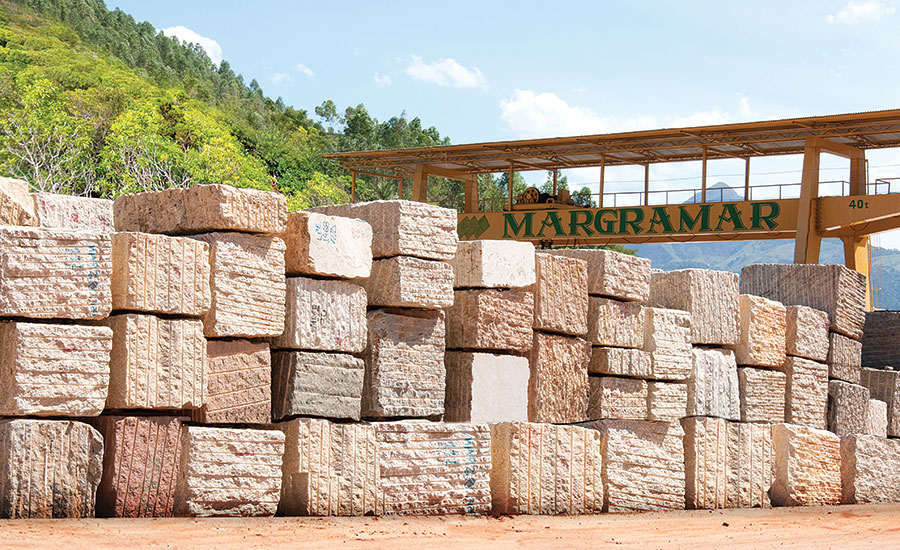Travelling Via Granite Quarries in South Africa: A Visual Odyssey
Travelling Via Granite Quarries in South Africa: A Visual Odyssey
Blog Article
Introducing the Mysteries of Granite Quarrying: Where Strength and Sophistication Meet
The globe of granite quarrying is a realm where the raw strength of nature assembles with human virtuosity to develop structures that stand the test of time with an air of sophistication. From the midsts of quarries to the precise sprucing up in workshops, the procedure of transforming granite into architectural marvels is a complicated dancing of practice and innovation. As we peer into the depths of this ancient craft, we begin to discover the concealed details that shape the very essence of our built atmosphere.
The Origins of Granite Quarrying
In the annals of architectural history, the origins of granite quarrying are shrouded in a tapestry of ancient craftsmanship and geological marvels. Dating back to ancient Egypt and Mesopotamia, the extraction of granite from quarries marked the start of a trip that would eventually lead to the creation of some of the globe's most iconic frameworks.
Granite quarrying's roots can be traced to the experienced craftsmens that acknowledged the stone's longevity and visual appeal. Via a combination of primitive devices and large decision, these early quarry employees unearthed granite blocks that would end up being the building blocks of worlds.
As worlds developed, so did the techniques of quarrying granite. The Romans, renowned for their design expertise, established sophisticated methods for removing granite to create monoliths, holy places, and roads that stood the test of time.
The heritage of these old quarrying methods remains to form contemporary design, with granite remaining an icon of stamina and beauty in building projects around the world. (granite quarries in south africa)
Tools of the Quarrying Trade
The advancement of granite quarrying methods from ancient people to contemporary times highlights the crucial duty played by the tools of the quarrying trade in shaping the industry's techniques. In ancient times, quarrying devices were fundamental, typically containing knives, hammers, and wedges made from materials like bronze or iron. These devices required substantial manpower and time to remove granite blocks from quarries.

Additionally, the introduction of pneumatic tools and high-powered machinery has actually significantly reduced the physical labor required in quarrying operations, boosting employee safety and security and performance. As the quarrying sector remains to innovate, the tools of the trade continue to be at the center of driving development and shaping the future of granite extraction.
Extracting Blocks of Granite
Making use of precision equipment and advanced strategies, the extraction of granite blocks from quarries has actually become an innovative process in the modern-day quarrying market. Controlled blowing up techniques are then employed to damage apart the granite into workable sections.

Polishing and Finishing Strategies
To accomplish a flawless surface area on granite blocks, proficient artisans use a series of meticulous sprucing up and finishing strategies. After the preliminary removal and shaping processes, the granite obstructs undergo a thorough sprucing Full Article up phase to boost their natural appeal and sturdiness. One common technique used in brightening granite is diamond abrasion, where commercial diamonds are utilized to grind and brighten the stone to a smooth coating. This process not just produces a glossy surface yet also makes sure uniformity in color and appearance across the granite block.
In enhancement to sprucing up, finishing methods are put on further fine-tune the granite's look. These strategies may include flaming, refining, or cleaning, each offering unique structures and coatings to fit different visual choices. Flaming, for circumstances, involves exposing the granite surface to high temperature levels to develop a harsh, distinctive finish, ideal for outdoor applications where slip-resistance is necessary. Sharpening, on the other hand, offers a matte surface that is smooth to the touch, ideal for indoor counter tops and floor covering. By meticulously picking and using these polishing and finishing techniques, craftsmens can change raw granite obstructs right into elegant items that display both toughness and elegance.

Environmental Impact and Sustainability
With the growing emphasis on ecological awareness in the market, granite quarrying methods are progressively inspected for their effect on all-natural resources and long-term sustainability. Furthermore, the transport of granite from this post quarries to refining centers generates carbon emissions, even more contributing to ecological destruction.
To minimize these influences and ensure sustainability in granite quarrying, industry stakeholders are adopting various steps. Carrying out sophisticated innovations to minimize power intake and water use, reclaiming quarried land for ecological remediation, and promoting responsible sourcing practices are some strategies being employed. Furthermore, certifications such as the Woodland Stewardship Council (FSC) and the Management in Power and Environmental Layout (LEED) assistance consumers determine eco-friendly granite products.
Verdict
To conclude, granite quarrying is a process that calls for specialized tools and strategies to essence blocks of granite and brighten them to a high degree of surface. While the ecological influence of quarrying can be significant, initiatives are being made to enhance sustainability practices in the market. Overall, granite quarrying is a fragile balance in between utilizing the toughness and beauty of this all-natural stone while decreasing its effect on the setting.
Report this page